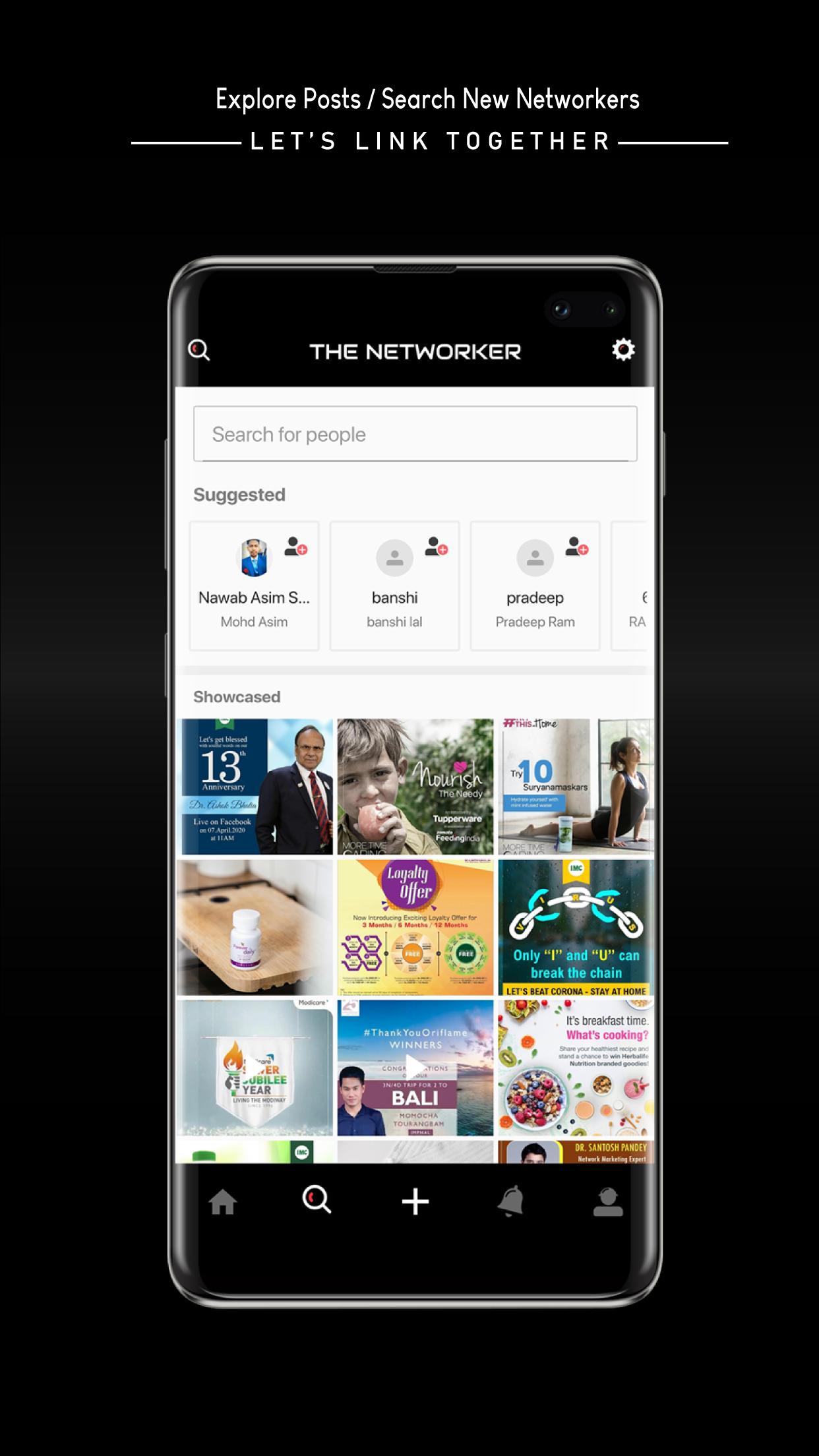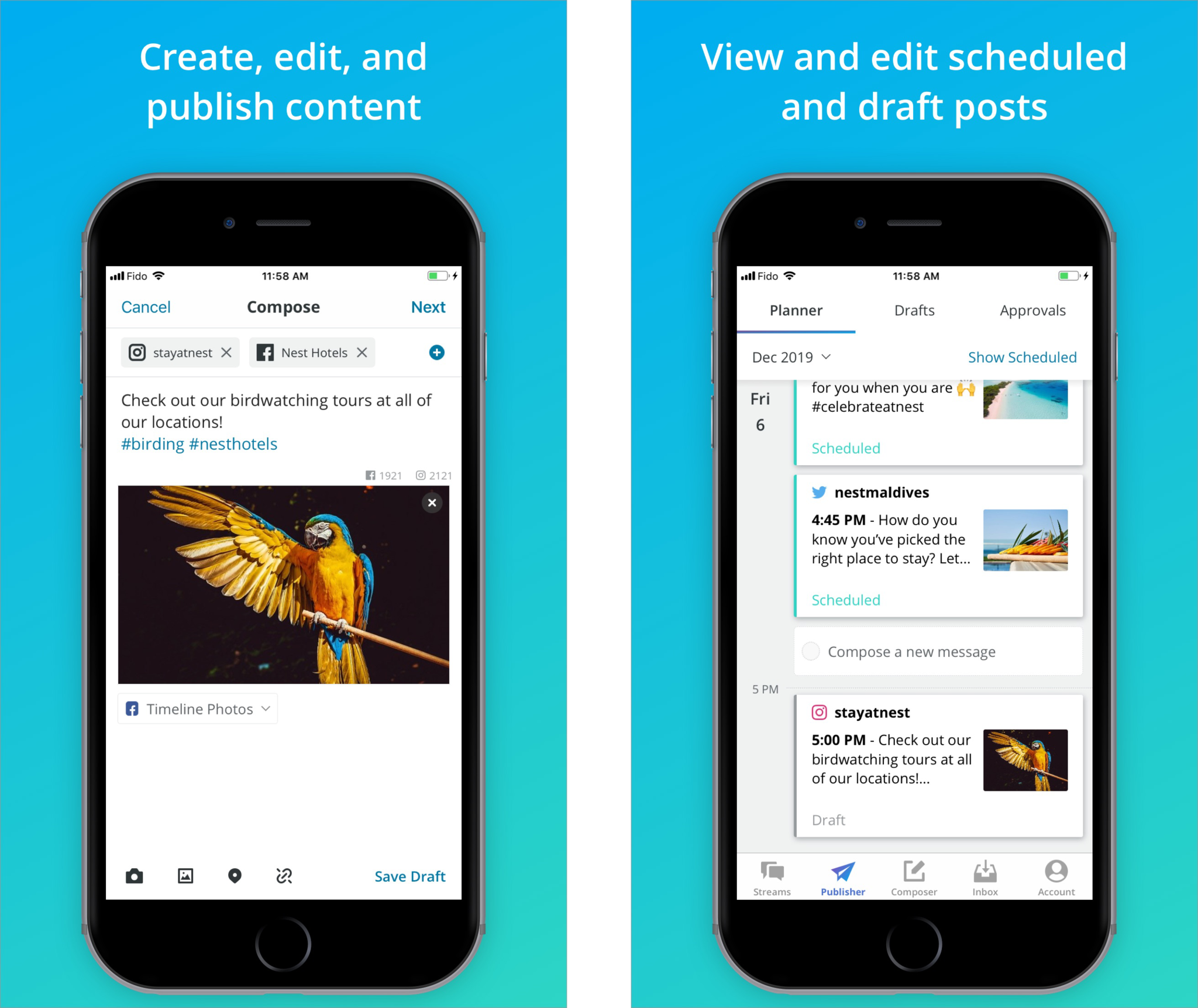Networker Network Info App 4 4 0
You’d practically have to be Amish in order to not know that Apple today finally released their much anticipated tablet. Called the iPad, it’s a new approach to tablet computing.
- Networker Network Info App 4 4 0
- Networker Network Info App 4 4 0 7
- Networker Network Info App 4 4 0 6
Early today on Twitter, someone remarked that the iPad will be a failure because it’s not really a mobile computing platform. To me, this comment is actually indicative of why overall tablet computing hasn’t taken off. In short, both the netbook market and the tablet market have struggled for the same reason: portable computing is not about being able to run 5 VMware instances in the palm of your hand, factoring 100,000,000 digit primes, or complete desktop replacement strategies.
Cisco Meeting Server web app 2.9.4 Important Information Cisco Meeting Server 2.8.4 Release Notes (PDF - 644 KB) 23/Sep/2020 Cisco Meeting Server Release Notes Version Summary (PDF - 204 KB) 12/Aug/2020. The best networking tool to exchange knowledge, as a conference or event app and community app, for direct interaction and monitored in your own dashboard. NetWorker 4.4.0 – Network speed and traffic in your menu bar. September 20, 2017 NetWorker is a lightweight and easy-to-use tool that shows either the current download and upload speed or the session traffic of your network adapter. Read Clockwork 4.0 released with app rewrite, requests search. Added messages overlay showing update notifications, exception and parent request info.
Portable computing is about portability.
There’s an old saying: you can have fast, cheap or good, pick 2, you can’t have all 3.
This sums up portable computing thus far. Portable computing in the form of conventional tablets and netbooks have failed because they’ve tried to do all three. You can’t have fast, cheap and good in a single device when you try to do the same thing as a desktop. It just doesn’t work.
The way to make it work is to redefine what you use the device for.
Let’s consider my computing requirements. I have an iPhone, a (work) Mac Book Pro, and a (home) Mac Pro.
There are things I do on each of these platforms that I wouldn’t attempt to do on the others. I can encode video at 300 frames per second on my Mac Pro whilst running 8 virtual machines. I wouldn’t even consider doing that on my laptop. I can multitask on my laptop, having Twitter, browsing, Adium, etc., open and all available at once. I wouldn’t want to consider that on my iPhone.
On my iPhone, I can check the news and check email regardless of whether I’m laying in bed, eating out at a restaurant or even (heaven forbid) in the loo. I wouldn’t attempt that with my laptop, and I sure as hell wouldn’t attempt it with my Mac Pro.
So why the hell is it logical to expect that I should be able to do all of the above on a portable computing device that falls somewhere between a Smart Phone and a Laptop? There is no logic in such a requirement. It’s based on false expectations, on a false sense of entitlement.
By comparison, one of the beefs that I constantly have with Linux is that you don’t design consumer products with geeks in mind. I am not a regular computer user, yet I think I’m perhaps a more realistic desktop user than a lot of geeks. I don’t want to customise my desktop to the nth degree, or skin every single app in an entirely different window dressing, or have a choice between 3,134 personal media players. I just want the desktop environment to work.
Linux, in short, is designed for a programmer or other highly technical user who values customisation over productivity. This, I’d argue, is the core failing of Linux at the desktop, and also mirrors the core failing of conventional tablets and netbook designs.
Don’t get me wrong. I love Linux at the server level. But I’d sooner be tasered in a bath repeatedly than subject myself to Linux on the desktop these days. I’m after productivity, not customisation.
So, after that digression, let me return to the original topic – the iPad.
Apple have, in my mind, quite rightly determined that you can’t make a portable computing device that either is (a) a big version of a Smart Phone with no additional features (other than screen) OR (b) attempts to be a complete laptop or desktop replacement.
In short, there’s room for another platform level there.
So, that’s my assumption in this entire piece. (Bear in mind, based on their last financials, I’d suggest to you that the odds are with me in backing Apple for knowing what they’re doing as opposed to with the nay-sayers who are saying the same thing about the iPad as was said about the iPhone.)
My assumption is that portable computing is not about replicating an entire desktop experience, but giving an über-portable experience. It’s about picking up your device and carrying it around with you, still doing stuff while you’re standing in an elevator or you’ve got five minutes before the meeting starts. Or it’s about taking your troubleshooting session with you from your desk into the computer room without losing a moment’s connectivity.
I predict that iPad will be huge in the enterprise realm. Not for email. That’s passé. Not for eBooks. That’s nice, but largely irrelevant. Not for instructional videos, meeting notes or portable presentations. That’s all sales and consulting. These are all good, but represent only a small portion of the enterprise realm.

What I’m talking enterprise systems management – the core of any IT group within any company.
I looked at the iPad and I started to drool not because of any of the advertised features – not even from thinking about how fantastic it would work in hospitals and medical circles – but because I was thinking of all the different enterprise systems I’ve worked with over the years – NetWorker, NetBackup, a multitude of databases and ERP systems, HDS arrays, EMC arrays, NetApp arrays, system console services, DRAC, etc., and I imagined an iPad interface for every single one. Sure I’ve wistfully thought about such management apps for the iPhone/iPod Touch in the past, but each time I’ve acknowledged that screen real estate would be a real killer.
Not with the iPad.
So let me make a prediction: any enterprise vendor that didn’t look at Apple’s presentation today and see the future of enterprise management interfaces is stupid. It’s not about desktop apps or Java apps or web portals – well, maybe it is about web portals, but only 100% HTML5 compliant ones that don’t rely on Java or flash.
The future of enterprise systems management is in portable computing devices. It’s about backup administrators who are able to kick off a recovery from wherever they are in the building. It’s about storage administrators being able to bind a LUN or manage a snapshot while they’re waiting for a meeting to start. It’s about network administrators being able to open up an additional port while they’re waiting for the lift to arrive, or react instantly to a notification that an unapproved system has attached itself to the network. It’s about system administrators being able to continue their ssh or RDP session as they move from their desk to the computer room as they prepare to power cycle a machine having problems. It’s about the IT manager being able to access the global dashboard to check up to date service statuses when she’s in a meeting with the board.
You get where I’m going here.
The iPad will make it into enterprises not because of any of the advertised features, but because of the portable management functionality it allows. Since Apple has not tried to make the iPad all things to all people, it will do what it does superbly, and one of those things will be enterprise management apps.
Mark my words: if your enterprise vendor is not forming a team right now to develop management apps for their software or hardware for the iPad, they’ve got their heads stuck in the sand, and asking their competitors to take advantage of them.
Ask your vendor tomorrow: when will the iPad version of their management app arrive?
Related posts:
NetWorker - Network Info Appr 5.5
NetWorker is a lightweight and easy to use tool that shows network information in the menu bar. it is fully customizable and supports both wireless and wired network adapters.
NetWorker features:
- Fully customizable view. You can view the following properties (both download and upload is supported):
- Speed
- Session Traffic
- Graph
- Total Traffic
- Resettable Traffic.
Networker Network Info App 4 4 0

- You can choose the network adapter to observe. Both wired and wireless adapters are supported!
- Adjustable refresh interval.
- Choose between a byte- or bit-mode.
- Use either colored or black/white icons in the menu bar.
- Support for auto start.
- Traffic Overview: Use this feature if you are on a volume limited plan.
What's New:
Networker Network Info App 4 4 0 7
Version 5.5.0- Added Russian language support.
Screenshots:
- Title: NetWorker - Network Info Appr 5.5
- Developer: Sascha Simon
- Compatibility: OS X 10.10 or later, 64-bit processor
- Language: English, German, Simplified Chinese
- Includes: K'ed by TNT
- Size: 18.85 MB
- View in Mac App Store